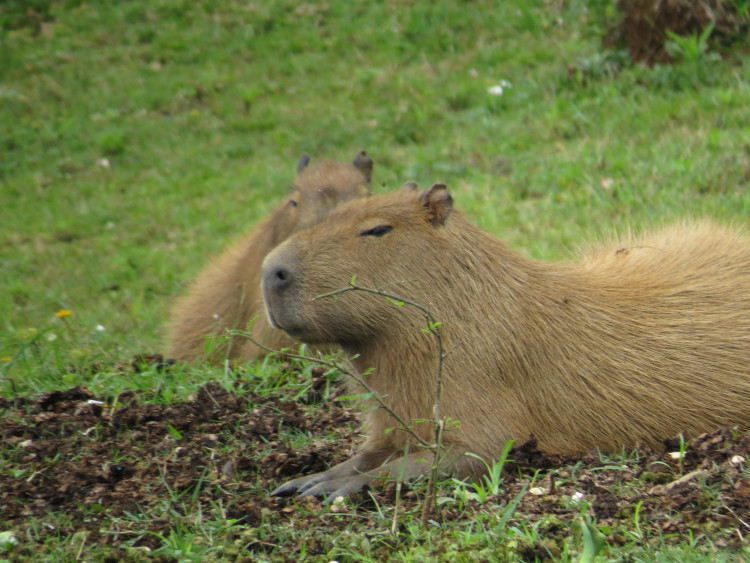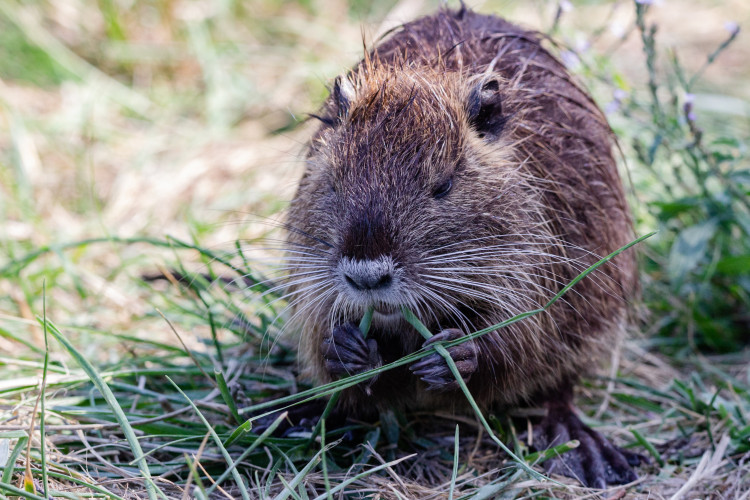The mystery of the Shepton Mallet capybara
By Laura Linham 5th Mar 2023
By Laura Linham 5th Mar 2023

Animal experts say they are baffled by an apparent sighting of a South American rodent living in the Darshill area of Shepton Mallet.
Nub News readers Alisdair Johnson said he and his wife had been driving on a narrow lane near Darshill when a capybara crossed the road directly in front of their car.
"There was no mistake, it was a capybara," he said.
"I know this animal originates in South America but there are some colonies of wild capybaras in England and a few counties are mentioned: Hertfordshire, Buckinghamshire, Oxfordshire, Essex, Norfolk and Suffolk - but there have not been any sightings of any in Somerset."

The semi-aquatic capybara - the world's largest rodent - has a blunt snout and no obvious tail. It feeds on short grassland vegetation but often goes into rivers to cool down or escape from predators. Several breeding colonies are known to be living wild in East Anglia.
Greg Elliot-Moustache, the rodent expert at Shepton Vets said none of his clients own capybaras.
"This is not something I've heard of from any members of the public," he said. "I don't know of any local clients that keep them and have not had any reports of any on the loose."
And Sharon Edmonds, manager at Happy Landings Animal Shelter at Pylle said they hadn't been contacted by any members of the public, either. A spokesperson from Bristol Zoo confirmed that all theirs were accounted for, while Chew Valley Animal Park didn't respond to our emails.
Luqman Javed, the In-house veterinarian at PetKeen.com suggested that the animal may not have been a capybara at all, but a similar-looking animal which once ran rampant in England - the Coypu or Nutria.
"To my knowledge, there have been no verified reports of wild/feral Capybaras in the UK," he said. "Records of all captive individuals, their lineage, and their movement are recorded in a studbook currently maintained by the EAZA - the European Association of Zoos and Aquaria.
"Could the viewer have perhaps confused what they saw with a Nutria? It's also a fairly large semi-aquatic rodent with some populations reported in the UK."
Coypu are large animals, with adults weighing as much as 12kg and stretching over a metre, including their tales. They were first brought to the UK in 1929 for their fur, called nutria. Within a few short years the coypu had escaped the farms, either via flooded waterways or gates opened by disaffected farmers who could no longer make money out of their pelts following the introduction of nylon.

However they are believed to have been wiped out in England after a culling operation in the early 1980s, and Mr Johnson says he is sure of what he saw.
"That's not what it was," he said. "It was too large and it moved on longer legs."
The good news is that if there is a capybara unless you're a lettuce there's nothing to worry about. Despite their size, they are generally harmless to humans. Despite being herbivorous, capybaras are still wild animals and can carry diseases, so it's important to take safety precautions when you're around them. They can also become aggressive if they feel threatened, so if you do see one, just leave it be.
CHECK OUT OUR Jobs Section HERE!
Shepton Mallet vacancies updated hourly!
Click here to see more: Shepton Mallet jobs
Share:










